The humble fried rice, a dish born from necessity and perfected through generations, has long been the savior of leftover grains. Among its many variations, egg fried rice stands as a testament to culinary ingenuity—transforming cold, clumpy rice into a golden masterpiece with each grain standing proud. But what separates mediocre fried rice from the sublime? The secret lies not in the wok, but in the refrigerator.
We’ve all been there: staring at a container of leftover rice, its texture shifting from fluffy to stubbornly cohesive. Freshly cooked rice, still warm and moist, is a nightmare for fried rice aspirations. The excess steam turns the dish into a mushy tragedy, no matter how high the flame. This is where time and temperature become unexpected allies. Overnight refrigeration changes the game entirely. As rice cools, its starches undergo retrogradation—a process where molecules realign into a crystalline structure. This subtle shift is what gives cold rice its slightly dry, separated texture, the very foundation of perfect fried rice.
The science behind this transformation is deceptively simple. When rice is cooked, starch granules absorb water and swell, becoming sticky and soft. Refrigeration reverses this process. The starch molecules gradually release moisture and reorganize into a firmer structure. This is why day-old rice fries so beautifully—it’s less prone to clumping and absorbs flavors more readily without turning soggy. Chefs across Asia have relied on this principle for centuries, though few home cooks understand its importance.
But not all refrigeration methods are equal. Simply tossing a steaming bowl of rice into the fridge invites disaster. Moisture gets trapped, creating pockets of condensation that lead to uneven texture. The key is to spread the rice thinly on a tray or plate, allowing it to cool and dry uniformly before storage. This extra step ensures every grain will later dance freely in the wok rather than cling desperately to its neighbors. Some veterans even swear by leaving uncovered rice in the fridge for an hour before sealing—a trick that wicks away residual dampness.
Timing matters as much as technique. While overnight refrigeration works wonders, rice left too long becomes brittle and hard. The sweet spot lies between 12 to 24 hours—long enough for starches to set but not so long that grains lose all moisture. This window provides the ideal balance: rice that separates easily yet retains enough flexibility to withstand vigorous stir-frying without crumbling. It’s a delicate equilibrium that makes all the difference between fried rice that glistens with individuality and a disappointing, greasy mass.
The vessel you choose for storage plays an underrated role. Plastic containers, while convenient, often trap condensation even after cooling. Traditional bamboo steamers or breathable ceramic dishes allow for better air circulation, preventing that dreaded fridge smell from permeating the grains. In professional kitchens, you’ll often find rice stored in muslin-covered containers—a practice that maintains texture while preventing contamination.
When it’s finally time to cook, the cold rice demands respect. Unlike fresh rice that can be treated roughly, these refrigerated grains require gentle persuasion. A well-seasoned wok and adequate oil are non-negotiable—they create the necessary barrier to prevent sticking while allowing high heat to work its magic. The initial toss should be confident but not aggressive, letting the grains gradually warm through before the iconic tossing begins. This patience pays off in that characteristic "wok hei"—the breath of the wok that infuses each bite with smoky depth.
Egg integration is another art form entirely. Many make the mistake of scrambling eggs separately, creating distinct yellow chunks rather than that golden coating on every grain. The traditional method involves pushing rice aside, scrambling eggs directly in the wok, then folding them into the grains while still slightly runny. The residual heat finishes cooking the eggs while allowing them to cling to each rice particle—a technique that turns simple ingredients into something greater than their parts.
Regional variations abound, each with wisdom to offer. Thai street vendors often use rice that’s been refrigerated uncovered for maximum dryness, resulting in exceptionally light and fragrant khao pad. Japanese chahan masters sometimes lightly spray refrigerated rice with water before cooking to achieve their signature tender-yet-defined texture. In Yangzhou, chefs mix refrigerated rice with small amounts of fresh-cooked grains for contrast in mouthfeel. These nuances prove that while the cold rice principle is universal, its application invites creativity.
Beyond texture, refrigerated rice behaves differently on a molecular level when fried. The altered starch structure absorbs oils and sauces more efficiently, carrying flavors more vividly than fresh rice could. This explains why the same ingredients taste profoundly different when cooked with day-old rice—the grains become better vehicles for taste. It’s not just about avoiding mushiness; it’s about maximizing the flavor potential of every component.
Modern kitchens have introduced new variables to this ancient equation. Rice cookers with "quick cool" functions, refrigerator humidity controls, and even vacuum sealing all offer new ways to manipulate rice texture. Yet the fundamentals remain unchanged. No gadget can replace the transformative power of time and proper storage. In our rush for instant results, this dish reminds us that some things cannot—and should not—be hurried.
The cultural significance of this technique runs deep. In many households, saving rice isn’t just about thrift—it’s about anticipation. That container in the fridge represents tomorrow’s possibilities: a blank canvas waiting to become a comforting breakfast, a quick lunch, or a midnight snack. The process connects us to countless cooks before us who turned necessity into virtue, one grain at a time.
Next time you find yourself with leftover rice, resist the urge to reheat it as is. See it for what it truly is—not an ending, but the beginning of something greater. With proper cooling and storage, those lonely grains hold the potential for rebirth in the wok. This is the alchemy of the kitchen: transforming the ordinary into the extraordinary through understanding and patience. The perfect plate of egg fried rice doesn’t start with cooking—it starts with knowing how to wait.
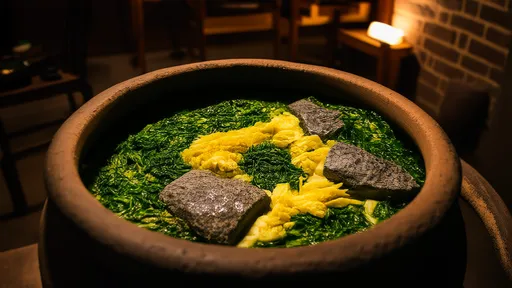
By /Jul 31, 2025
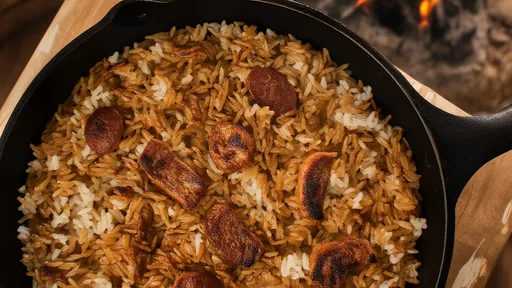
By /Jul 31, 2025
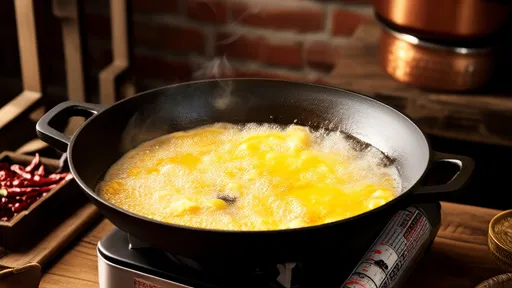
By /Jul 31, 2025
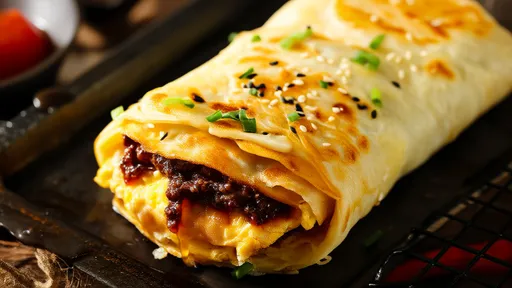
By /Jul 31, 2025
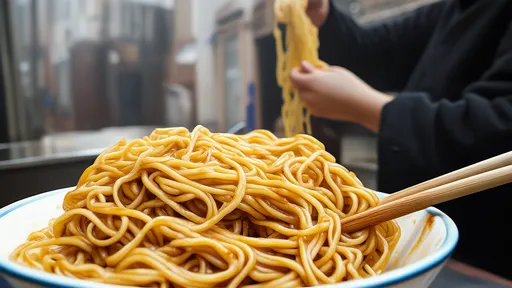
By /Jul 31, 2025

By /Jul 31, 2025
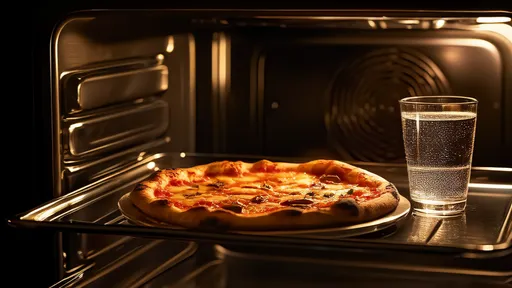
By /Jul 31, 2025
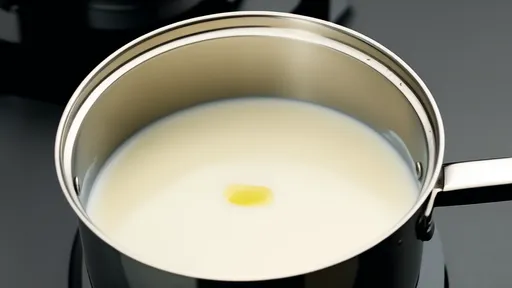
By /Jul 31, 2025
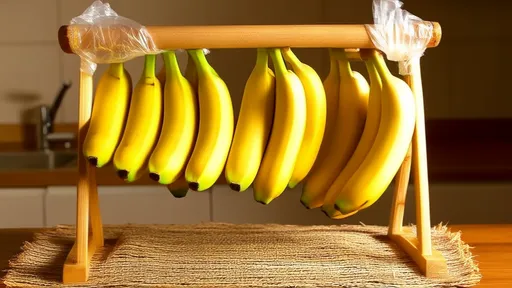
By /Jul 31, 2025

By /Jul 31, 2025
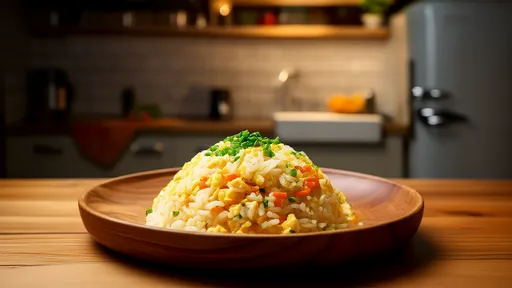
By /Jul 31, 2025
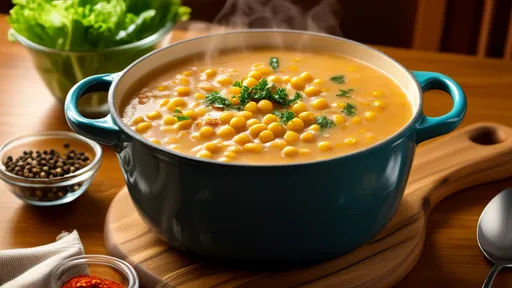
By /Jul 31, 2025
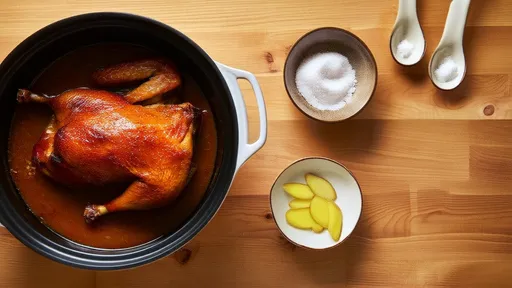
By /Jul 31, 2025
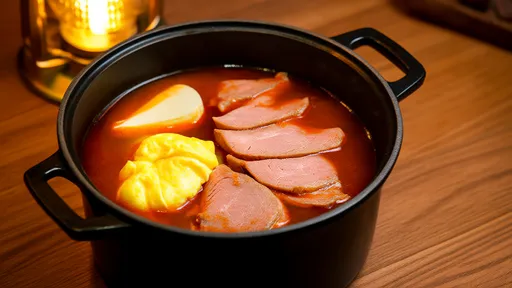
By /Jul 31, 2025
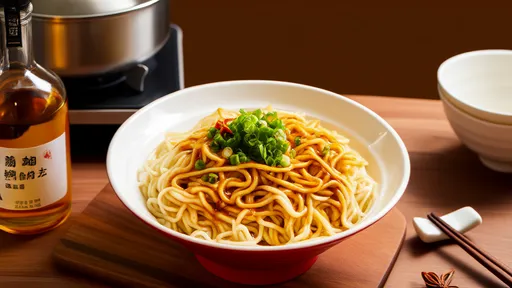
By /Jul 31, 2025
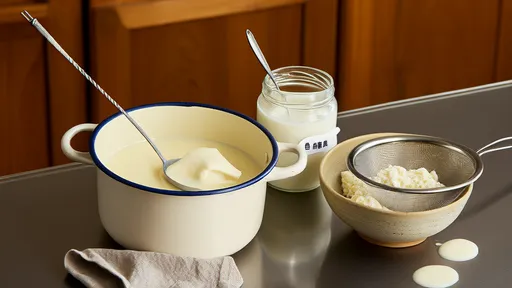
By /Jul 31, 2025
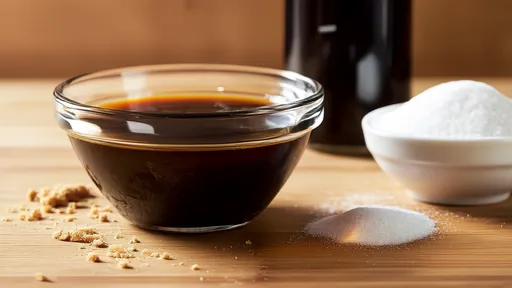
By /Jul 31, 2025
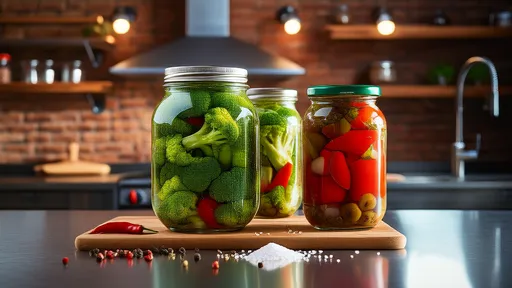
By /Jul 31, 2025

By /Jul 31, 2025

By /Jul 31, 2025